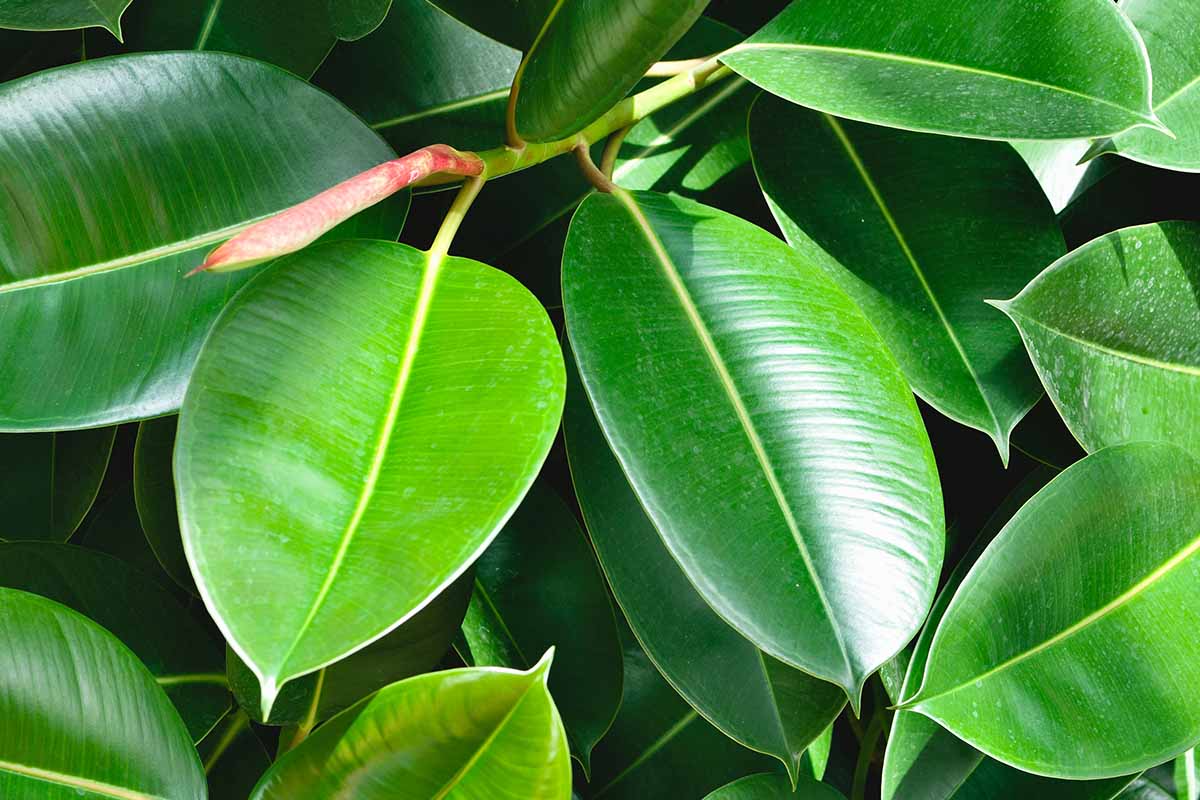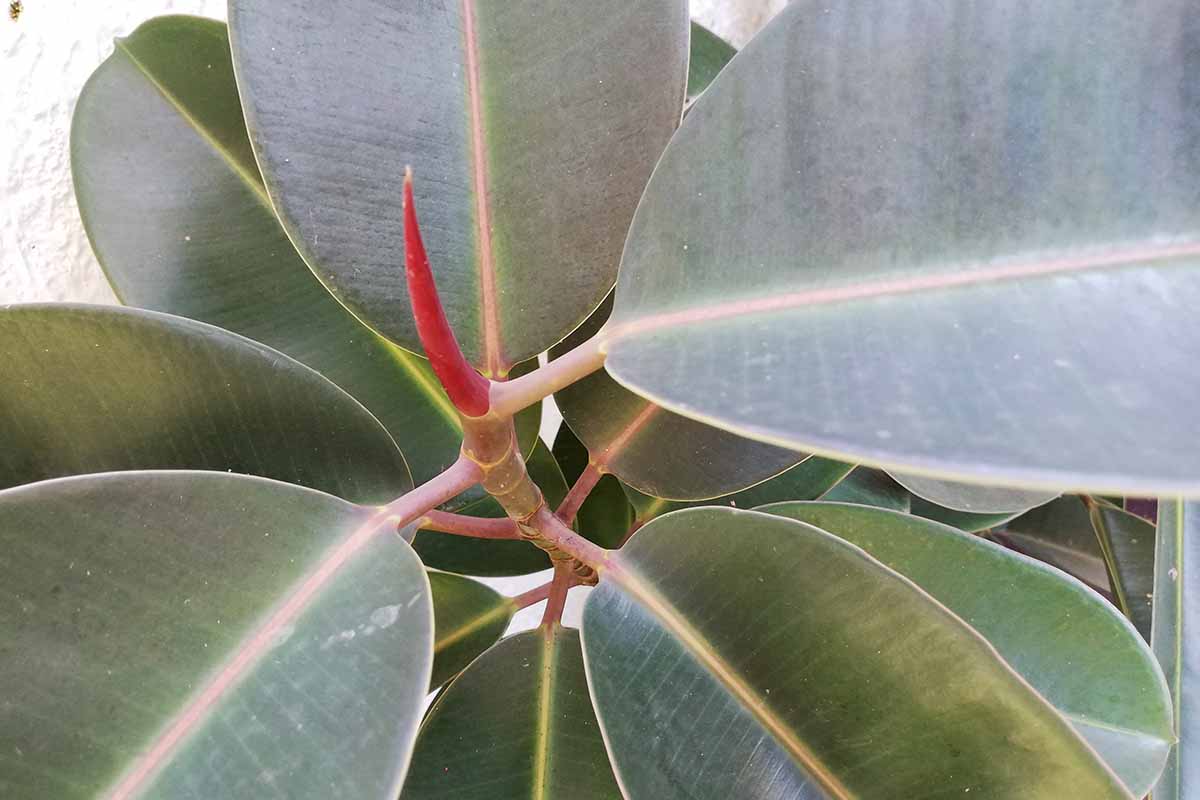Why Is My Rubber Tree Dropping Leaves?
When a rubber tree (Ficus elastica) starts dropping its huge, glossy leaves, there’s a big, obvious gap left behind. This guide will cover the common reasons why leaf drop happens, whether it’s a pest infestation or maybe just a change in environment, and how to fix the cause so that those leaves stay put. Read more.





